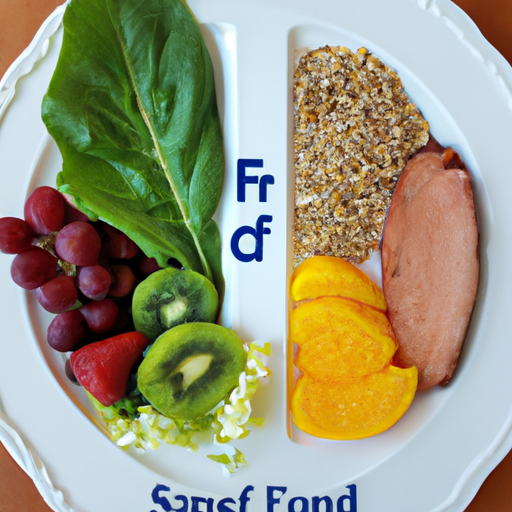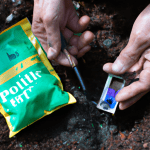What Can You Eat After a Partial Gastrectomy: A Comprehensive Guide
After undergoing a partial gastrectomy, it is crucial to make dietary adjustments to ensure proper healing and maintain optimal nutrition. This comprehensive guide will provide you with valuable information on what you can eat after a partial gastrectomy, helping you make informed choices for your post-surgery diet.
1. Start with Clear Liquids
In the initial stages of your recovery, it is recommended to begin with clear liquids. These include water, broth, and sugar-free gelatin. Clear liquids are easy to digest and help prevent dehydration. It is important to sip slowly and avoid consuming large quantities at once.
2. Progress to Full Liquids
As your body adjusts to the clear liquids, you can gradually introduce full liquids into your diet. Full liquids include milk, yogurt, cream soups, and protein shakes. These provide essential nutrients and help maintain your energy levels. Opt for low-fat options to avoid any discomfort.
3. Incorporate Soft Foods
Once you feel comfortable with full liquids, you can move on to soft foods. Soft foods are easier to chew and digest, reducing strain on your digestive system. Examples of soft foods include mashed potatoes, cooked vegetables, scrambled eggs, and well-cooked pasta. Ensure that these foods are properly cooked and tender to avoid any potential digestion issues.
4. Choose Nutrient-Dense Foods
After a partial gastrectomy, it is important to focus on consuming nutrient-dense foods to meet your nutritional needs. Include lean proteins such as chicken, fish, tofu, and legumes in your diet. These foods provide essential amino acids for tissue repair and muscle strength. Additionally, incorporate fruits, vegetables, whole grains, and healthy fats to ensure a well-balanced diet.
5. Eat Small, Frequent Meals
Instead of consuming large meals, opt for smaller, more frequent meals throughout the day. This approach helps prevent overeating and allows your body to digest food more easily. Aim for five to six small meals or snacks spaced evenly throughout the day.
6. Chew Thoroughly and Eat Slowly
Chewing your food thoroughly and eating slowly is crucial after a partial gastrectomy. This aids in digestion and reduces the risk of discomfort or complications. Take your time to enjoy each bite and listen to your body’s signals of fullness.
7. Avoid Trigger Foods
Certain foods may cause discomfort or digestive issues after a partial gastrectomy. It is important to identify and avoid these trigger foods. Common trigger foods include spicy or greasy foods, carbonated beverages, caffeine, and alcohol. Pay attention to your body’s response to different foods and make note of any discomfort or adverse reactions.
8. Stay Hydrated
Proper hydration is essential for your overall health and recovery. Drink water throughout the day to prevent dehydration. Avoid drinking large amounts of fluids with meals, as this can cause discomfort. Sip fluids slowly between meals to stay adequately hydrated.
Conclusion
A partial gastrectomy requires dietary adjustments to promote healing and maintain optimal nutrition. Starting with clear liquids and gradually progressing to full liquids and soft foods is recommended. Focus on consuming nutrient-dense foods, eating small, frequent meals, and chewing thoroughly. Avoid trigger foods and stay hydrated throughout the day. By following these guidelines, you can ensure a smooth recovery and support your overall well-being after a partial gastrectomy.




